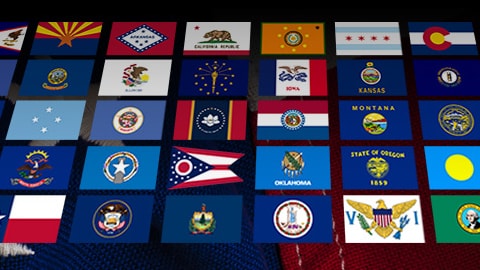At a glance
- DSLR helps state and local, and territorial health departments prepare, respond, and recover from emergencies and disasters.
- DSLR monitors and evaluates public health capabilities, plans, and operational readiness of state, local, and territorial recipients.
- DSLR's funding and technical expertise supports public health preparedness and response nationwide.

Purpose
The Division of State and Local Readiness (DSLR) is one of four Office of Readiness and Response divisions. DLSR coordinates and connects public health preparedness and response planners nationwide. They help state, local, and territorial health departments prepare for, respond to, and recover from emergencies and disasters. These include:
- natural disasters,
- disease outbreaks,
- chemical accidents, and
- bioterrorist attacks.
DSLR works to prepare the nation's public health system to respond to and recover from a public health emergency or threat. DSLR is committed to strengthening all-hazards public health preparedness and response and protecting the health of communities nationwide.
Why it matters
DSLR plays a leading role in enhancing preparedness by funding state, local, and territorial public health systems through the Public Health Emergency Preparedness (PHEP) cooperative agreement program. The PHEP program helps public health departments nationwide build stronger, more protected communities capable of responding to a full spectrum of public health threats.
The PHEP program also provides technical expertise through assignment of field-based staff; standards for developing priority preparedness capabilities; readiness reviews to identify and address gaps; and assistance conducting training and exercises. Ongoing PHEP program support protects our communities by helping public health departments maintain their readiness for current and ongoing threats.
